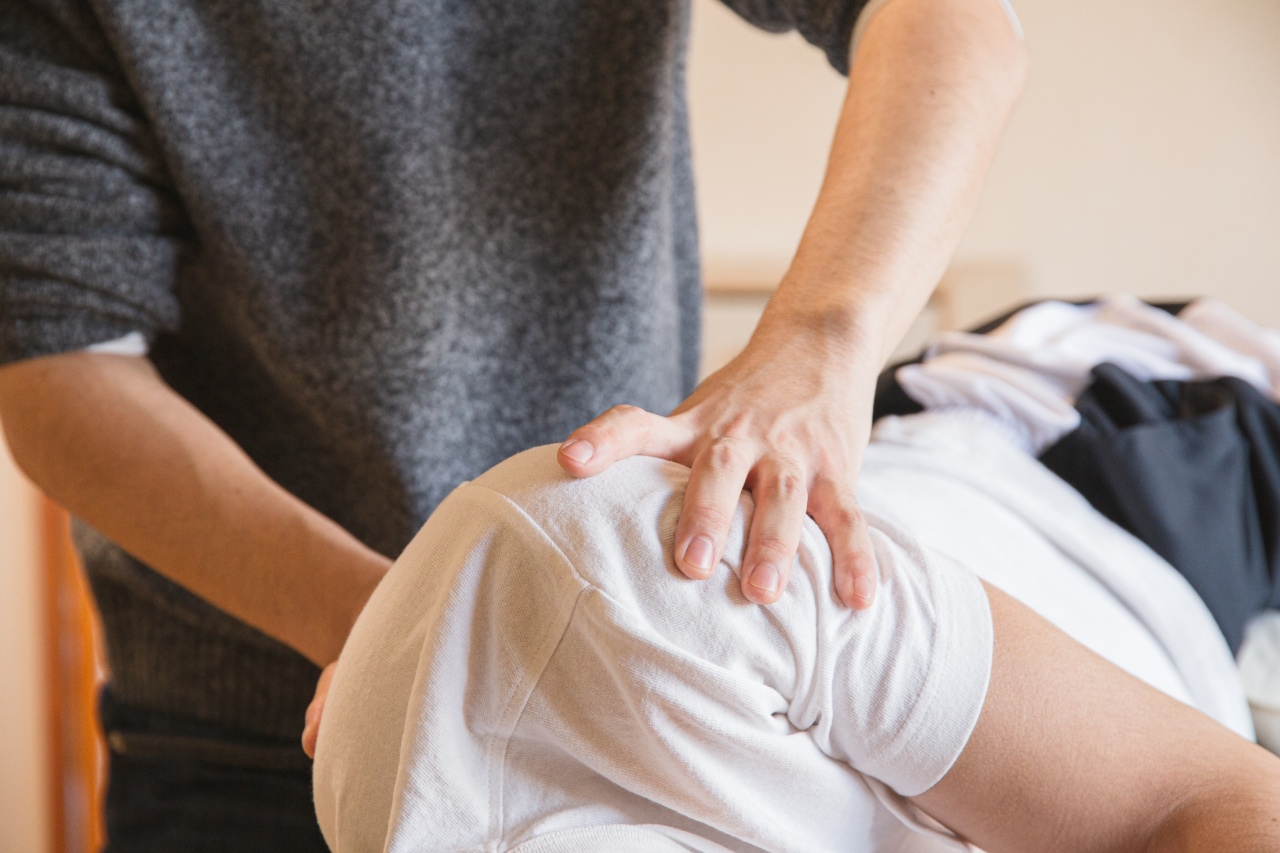Cartilage is the connective tissue that covers the ends of bones to form a smooth surface for joint movement. It is vital for pain-free and fluid joint movements in the lower limbs such as knees, ankles, and feet.
Cartilage injuries in the lower limbs are common, especially among athletes and physically active individuals. If left untreated, cartilage injuries can lead to chronic pain, inflammation, and even osteoarthritis. Therefore, it is crucial to care for cartilage injury in the lower limbs through various interventions.
What are Cartilage Injuries?
Cartilage injuries are damages to the cartilage tissue that covers the bone ends in joints. Examples of cartilage injuries include cartilage tears, fractures, and dislocations. These can occur due to trauma, overuse, or aging.
Common causes of cartilage injury in the lower limbs include:.
- Sports activities such as running, jumping, and pivoting
- Accidents or falls that injure the knees, ankles, or feet
- Repetitive strain injuries due to prolonged standing, walking, or running
- Obesity that increases the weight-bearing load on the lower limbs
- Arthritis or other degenerative joint conditions
Symptoms of Cartilage Injury
The symptoms of a cartilage injury in the lower limbs depend on the severity of the damage and the affected joint. Common symptoms include:.
- Pain that worsens with weight-bearing activities
- Swelling, tenderness, and warmth around the joint
- Limited range of motion and stiffness
- A popping or clicking sensation in the joint
- Weakness or instability in the joint
Diagnosis and Treatment of Cartilage Injury
If you suspect a cartilage injury in your lower limb, it is crucial to seek medical attention promptly. Your doctor may refer you to an orthopedic specialist who can diagnose the injury and recommend appropriate treatment.
Diagnosis of cartilage injury in the lower limbs may involve:.
- X-rays: to evaluate bone density and detect fractures
- Magnetic Resonance Imaging (MRI): to view cartilage damage in detail
- Arthroscopy: to visualize the inside of the joint and repair or remove damaged cartilage tissue
The treatment of cartilage injury in the lower limbs depends on the severity of the injury and the patient’s overall health. Some treatment options for cartilage injury in the lower limbs include:.
- Rest and immobilization
- Non-steroidal anti-inflammatory drugs (NSAIDs) to reduce pain and inflammation
- Physical therapy and exercises to strengthen the muscles around the joint and improve range of motion (ROM)
- Corticosteroid injections to reduce inflammation and provide pain relief
- Platelet-rich plasma (PRP) therapy to promote healing
- Surgery, such as arthroscopy, microfracture, or cartilage transplantation to repair or restore damaged cartilage
Rehabilitation and Recovery
Rehabilitation and recovery are vital aspects of caring for cartilage injury in the lower limbs. Your doctor or physical therapist will design a rehabilitation program tailored to your injury, health condition, and lifestyle.
The goals of rehabilitation and recovery for cartilage injury in the lower limbs include:.
- Reducing pain and inflammation
- Improving joint mobility, stability, and strength
- Preventing further cartilage damage or deterioration
- Restoring functional activities, such as walking, running, and jumping
Rehabilitation for cartilage injury in the lower limbs may involve:.
- Range of motion (ROM) exercises to increase joint flexibility
- Strengthening exercises for the muscles around the joint to improve stability and support
- Balancing and coordination exercises to prevent falls or re-injury
- Low-impact cardio exercises such as swimming or cycling to maintain cardiovascular fitness without harming the joint
Lifestyle Changes for Cartilage Injury in the Lower Limbs
Lifestyle changes can help to care for cartilage injury in lower limbs and reduce the risk of further injury. Some lifestyle changes include:.
- Weight management: If you are overweight, losing weight can help to reduce the load on your lower limbs and joints, which can relieve pain and prevent further cartilage damage.
- Low-impact activities: Switching to low-impact physical activities such as swimming, cycling, or yoga can reduce the stress on your joints while still providing exercise.
- Proper footwear: Wearing comfortable, supportive, and well-fitted shoes can reduce the risk of lower limb injuries and protect your cartilage.
- Warm-up and cooling-down: Before and after engaging in physical activities, spend some time stretching and warming up your muscles and joints, and cooling down to prevent stiffness and injury.
Prevention of Cartilage Injury in the Lower Limbs
Prevention is always better than cure when it comes to cartilage injury in the lower limbs. Some ways to prevent cartilage injury include:.
- Wear proper protective gear during sports and other physical activities such as helmets, knee pads, ankle braces, or shin guards.
- Engage in a variety of activities to avoid overuse of specific joints or muscle groups.
- Gradually increase the intensity and duration of physical activities to allow your muscles and joints to adapt.
- Avoid sudden changes in direction, twisting movements, and excessive jumping or pivoting.
Conclusion
Cartilage injury in the lower limbs is a common and debilitating condition that affects athletes, physically active individuals, and even non-athletes.
Caring for cartilage injury in the lower limbs involves timely diagnosis, appropriate treatment, and proper rehabilitation. It also involves lifestyle changes and preventive measures to reduce the risk of further injury.
If you experience any symptoms of cartilage injury in your lower limbs, seek prompt medical attention and follow your doctor’s recommendations to ensure optimal recovery and function.




























